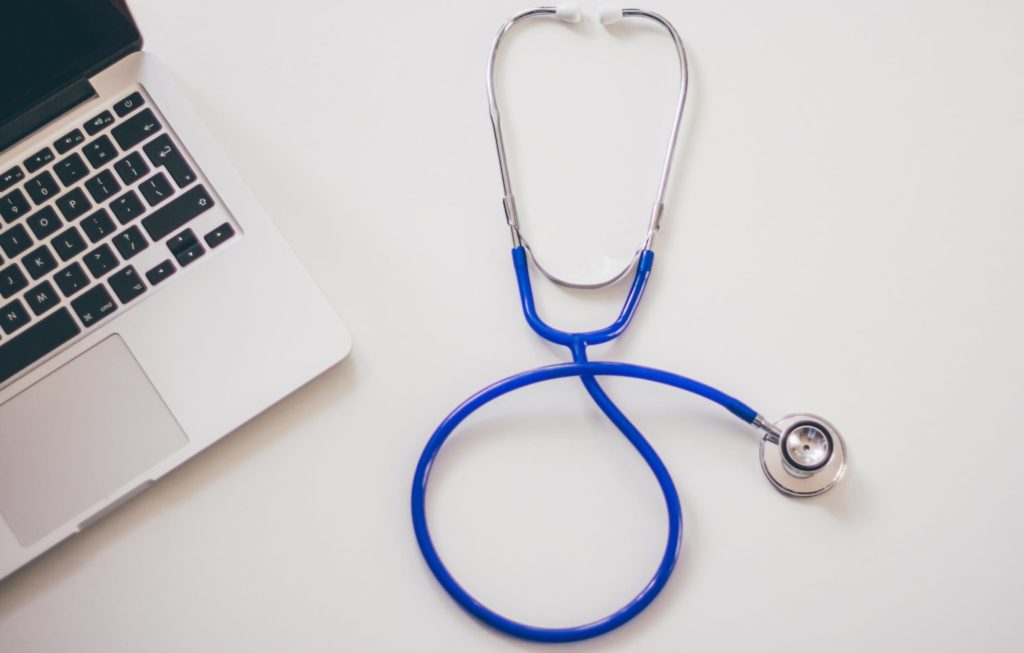
As we age, it’s common to notice gradual changes in our bodies. Old injuries begin to surface, wrinkles start forming, etc.
But, some people occasionally experience the presence of varicose veins, and their appearance can be alarming. And, not everyone understands what they are.
Not sure where to start? Don’t worry, we’ve got you covered.
Let’s take a look at everything you need to know to answer ‘what are varicose veins?’
So… What Are Varicose Veins?
Put simply, veins that become twisted to swollen over time begin to take upon a thick, bulging appearance. Typically, you can feel that they have a raised texture if you touch them.
They result from a long-term increase in blood pressure within the veins, which is a major reason why they’re more prevalent in older individuals.
What Else Causes Them?
Although blood pressure is the main culprit, there are certain factors that could contribute to the presence of varicose veins. These can include:
- A family history of the condition
- Prolonged smoking
- Standing or sitting for extended periods of time
- Obesity
Are There Health Risks Involved?
Varicose veins don’t pose a health risk on their own. But, it’s possible for them to be symptoms of other underlying conditions. For example, blood clots could cause varicose veins to manifest on someone’s body.
The same can be said about individuals who have deep vein thrombosis or pulmonary embolism.
In general, though, the main complication associated with varicose veins is their appearance. Since they have the potential to be unsightly, it’s not uncommon for people to seek treatment options that can help manage this issue.
You should, however, keep an eye out for various symptoms if you notice the presence of varicose veins on your body. Things like muscle cramps, localized throbbing/burning, and general pain can all be warning signs that there’s another issue at hand.
It’s recommended that you seek immediate medical attention if you experience any of the following:
- Swelling in the area
- A warm hot sensation around the veins
- Sores or ulcers
Otherwise, you run the risk of suffering from a serious medical condition.
How Can I Treat Them?
If you do choose to seek treatment for your varicose veins, you have a couple of options.
With sclerotherapy, a medical professional will inject a solution directly into your varicose veins. Within a week or two, you should notice that the veins shrink significantly.
The other method is laser treatment, which is a non-invasive procedure that uses concentrated light to cause the veins to disappear.
You can visit this resource to learn more about varicose veins treatment.
Handling Varicose Veins Can Seem Difficult
But it doesn’t have to be.
With the above information about ‘what are varicose veins’ in mind, you’ll be well on your way toward making the decision that’s best for you.
Want to learn more tips that can help you out in the future? Be sure to check out the rest of our blog.





















Add Comment